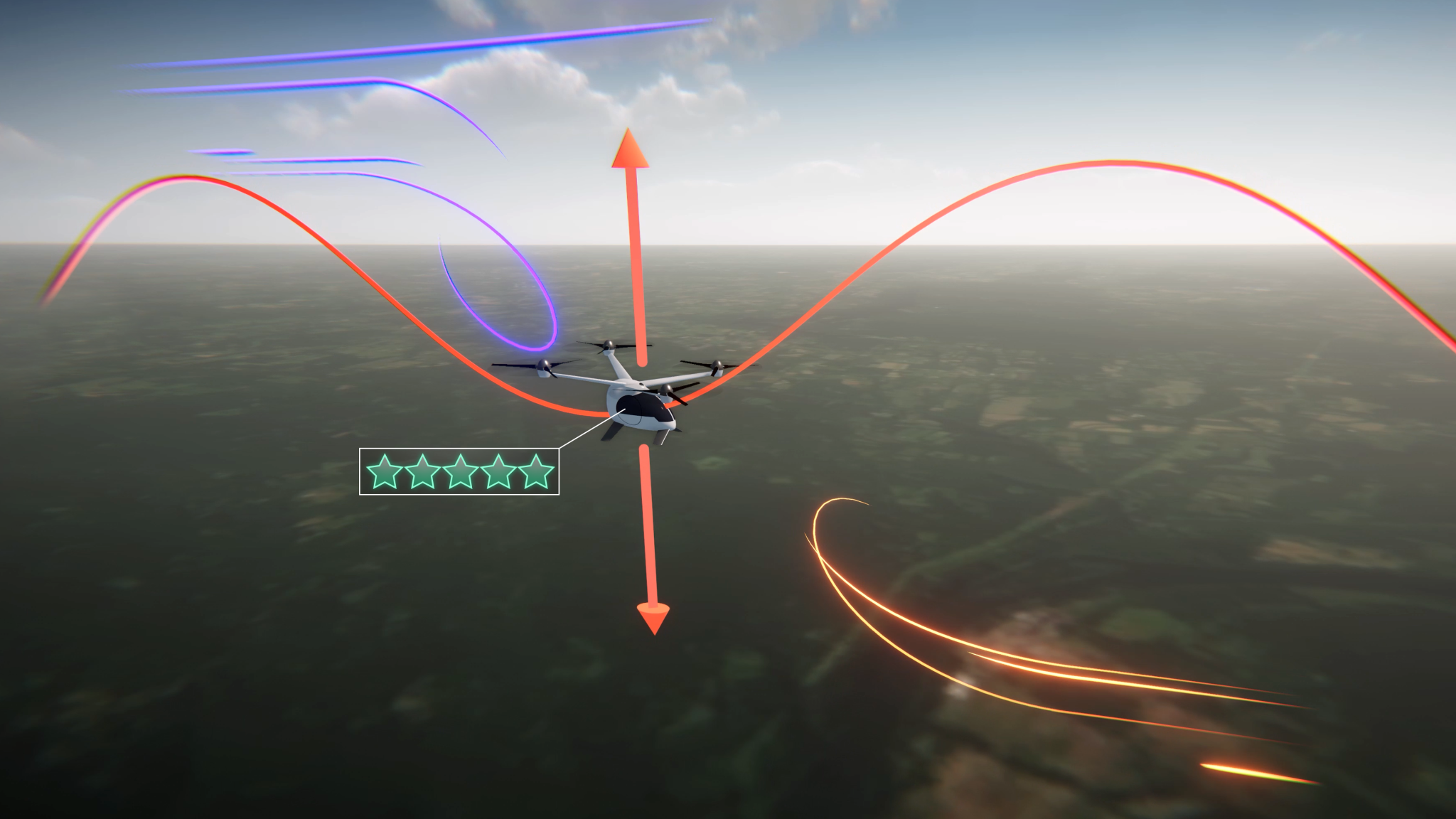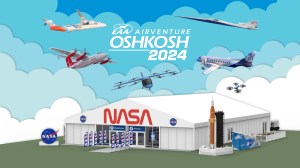
Read this feature in Spanish here.
Airline passengers today expect a smooth ride with little turbulence. While turbulence can’t always be avoided, aircraft design considerations and designs limit what the passenger feels.
Electrical vertical takeoff and landing aircraft (eVTOLs) could be a crucial part of the next generation of air transportation, but in order to create a viable market, designers will have to create a comfortable passenger experience.
NASA’s Advanced Air Mobility (AAM) mission is researching ride quality to better understand how these aircraft should be designed for an ideal passenger experience. NASA’s research provides design guidance to industry manufacturers ensuring passengers have a smooth and safe ride.
“We believe AAM aircraft will need to be conducive to low cabin noise, low vibration from rotors, and be more resistant to being upset by turbulence,” said Carlos Malpica, flight dynamics and control technical lead for NASA’s Revolutionary Vertical Lift Technology (RVLT) project. “They will need to be flown in a predictable, repeatable, non-aggressive manner that will not result in sudden accelerations or rotations of the aircraft.”
NASA’s AAM mission is researching human physiological response to motion, vibration, and noise stimuli that the team expects eVTOL passengers to experience.
Last year, the RVLT project conducted a study in the Vertical Motion Simulator at NASA’s Ames Research Center in Silicon Valley, California. Volunteers posing as passengers experienced two short duration simulator flights in different levels of turbulence. One was a smooth ride and the other was rough. The study tested susceptibility to motion sickness under these conditions in eVTOL aircraft. NASA is planning several other studies of this kind to further understand the impacts to passengers.
The AAM mission includes multiple projects with different focus areas to help get eVTOLs and other innovative aircraft into the skies. This includes work on automation, noise, vertiport and vehicle design, as well as airspace integration to keep everyone safe while flying. Government agencies, industry, and the public, will need to combine their efforts to build new highways in the sky.
NASA’s vision is to map out safe, accessible, and affordable new air transportation systems alongside industry and community partners and the Federal Aviation Administration. These new capabilities would allow passengers and cargo to travel on-demand in innovative, automated aircraft across town, between neighboring cities, or to other locations typically accessed today by car.
































